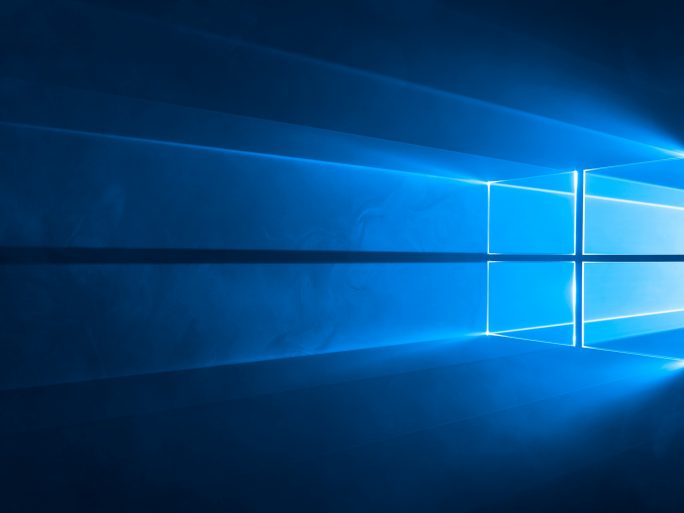A new preview build of Windows 10 has hinted that features of the long-rumoured “Windows Core OS” may now be coming into being.
While it has not been officially confirmed by Microsoft, Windows Core OS is expected to be an upcoming version of Windows that makes the operating system more easily adaptable to different types of devices, such as Lenovo’s recently unveiled foldable ThinkPad prototype.
It does so by separating the Shell, or user interface, from the rest of the operating system, meaning the same core can be used for devices with different Shells.
Now the latest Windows 10 build from the 20H1 branch, build 18917, has been found to include Windows Core OS-style features, such as moves toward a separate Shell.

‘Undocked Shell’
According to an anonymous Twitter user with the alias Albacore, the build includes a Shell Update Agent, which would allow the Shell to be updated separately from the core system.
Albacore said that features associated with the new mechanism call it the “Undocked Shell”.
“Build 18917 shows first signs of Microsoft’s work towards separating the base OS and the shell when it comes to standard desktop Windows,” Albacore wrote.
“The build introduces a new component called the ‘Shell Update Agent’ which is capable of obtaining and updating the shell on demand.”
Shell packages
Albacore said the Shell Update Agent makes references to “Package Family Names”, which “suggests that the shell will indeed be a separate, packaged component”.
The user said the entire Shell could, in theory, be distributed via the Appx format used on the Windows Store, although the update agent does not yet appear to be linked to the Store.
Windows 10’s Action Center is one of the components that Windows tries to source from a Shell package, Albacore said.
The user also found a new syncing mechanism for settings, which supports synchronisation of File Explorer configurations and other “more advanced” features.
The 20H1 branch is currently scheduled to result in a final release in March to May of next year.





